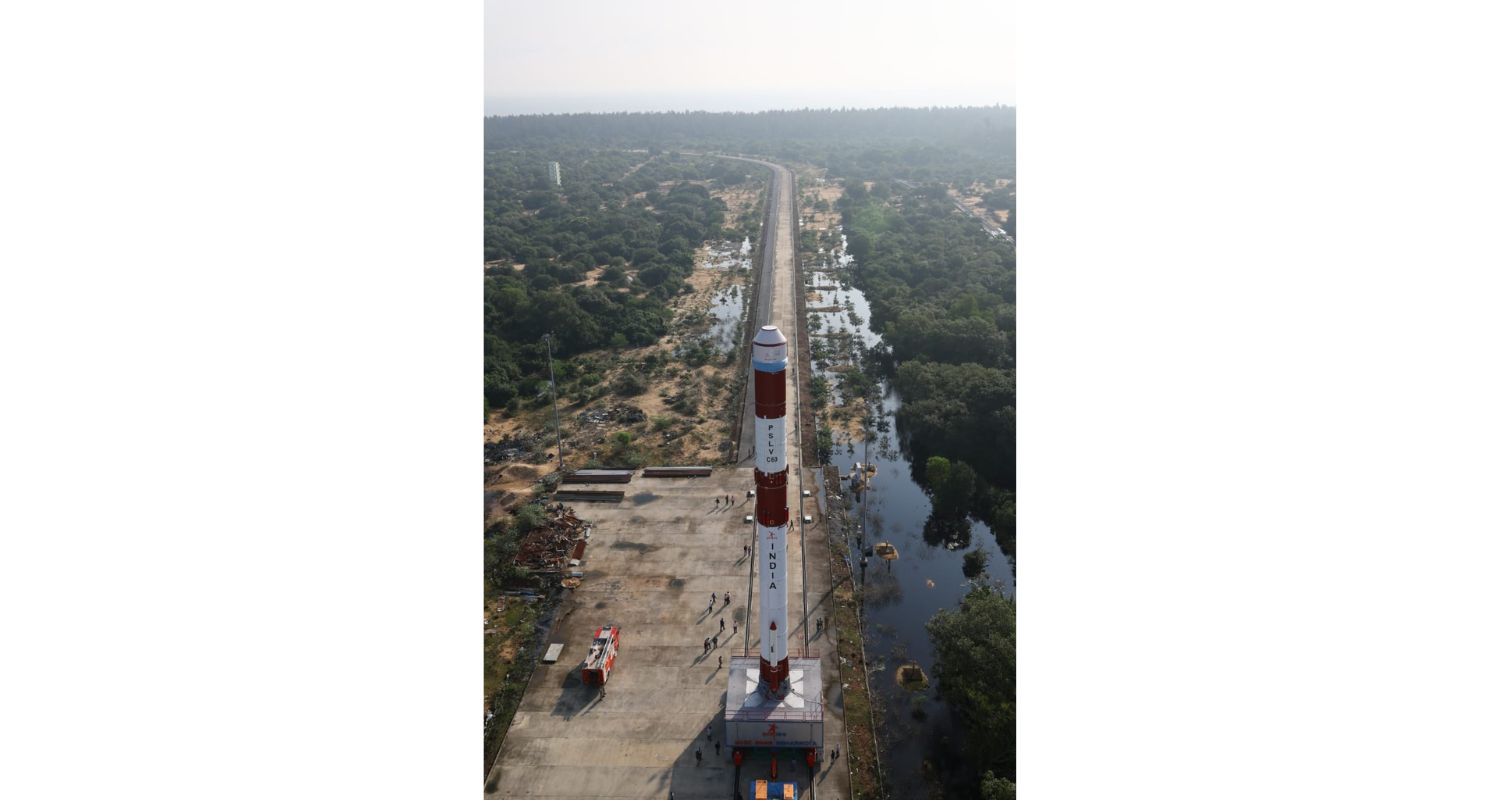The Indian Space Research Organisation (ISRO) has unveiled the first look of its innovative Space Docking Experiment (SpaDeX) satellites, marking a significant milestone in India’s quest to develop cutting-edge in-space docking technology.
This mission is poised to demonstrate autonomous docking between two spacecraft, a critical step for future space exploration and missions.
By successfully launching the SpaDeX mission, ISRO aims to join an exclusive group of nations that have mastered this sophisticated technology, including the United States, Russia, and China.
Set to launch aboard the Polar Satellite Launch Vehicle-C60 (PSLV-C60), the SpaDeX mission is one of the most important technological advancements for ISRO.
It focuses on autonomous docking, an essential technology for missions that require multiple spacecraft to rendezvous and perform tasks in space. Such capabilities are vital for various future space operations, from constructing space stations to exploring the Moon and beyond.
The SpaDeX mission represents a cost-effective yet significant leap in India’s space ambitions.
With a primary objective to demonstrate the rendezvous, docking, and undocking of two small spacecraft, SDX01 (the Chaser) and SDX02 (the Target), in a low-Earth circular orbit, the mission will showcase the critical technology needed for future complex space operations.
Both spacecraft, weighing around 220 kg each, will be launched into a 470 km circular orbit with a 55-degree inclination. This will take place in a controlled environment with a local time cycle of approximately 66 days.
The success of SpaDeX will not only demonstrate the potential for future lunar exploration and missions but will also lay the foundation for India's ambitious space projects.
This includes the creation of the Bharatiya Antariksh Station (BAS) and the Chandrayaan-4 mission, which aims to retrieve samples from the Moon. These advanced missions require the ability to transfer power between docked spacecraft, as well as the capability to manage composite spacecraft control.
SpaDeX will demonstrate these technologies, which are essential for operating in-space robotics and further expanding India’s presence in space.

The mission’s secondary objectives also include the transfer of electric power between the spacecraft, a key feature for in-space robotics and other applications in space exploration.
Managing composite spacecraft control and conducting payload operations after undocking will be other crucial aspects of the mission. By achieving these milestones, ISRO aims to improve the efficiency of space operations, especially for long-term missions that require the coordination of multiple spacecraft.
In addition to its technological significance, the SpaDeX mission highlights ISRO’s long-term vision for space exploration. In-space docking technology is vital for missions that require the use of multiple rocket launches to achieve shared objectives.
This includes lunar exploration missions, which involve complex logistical planning and coordination between spacecraft. The success of SpaDeX will therefore not only enhance India’s space capabilities but also support future endeavours, such as the operation of BAS.


